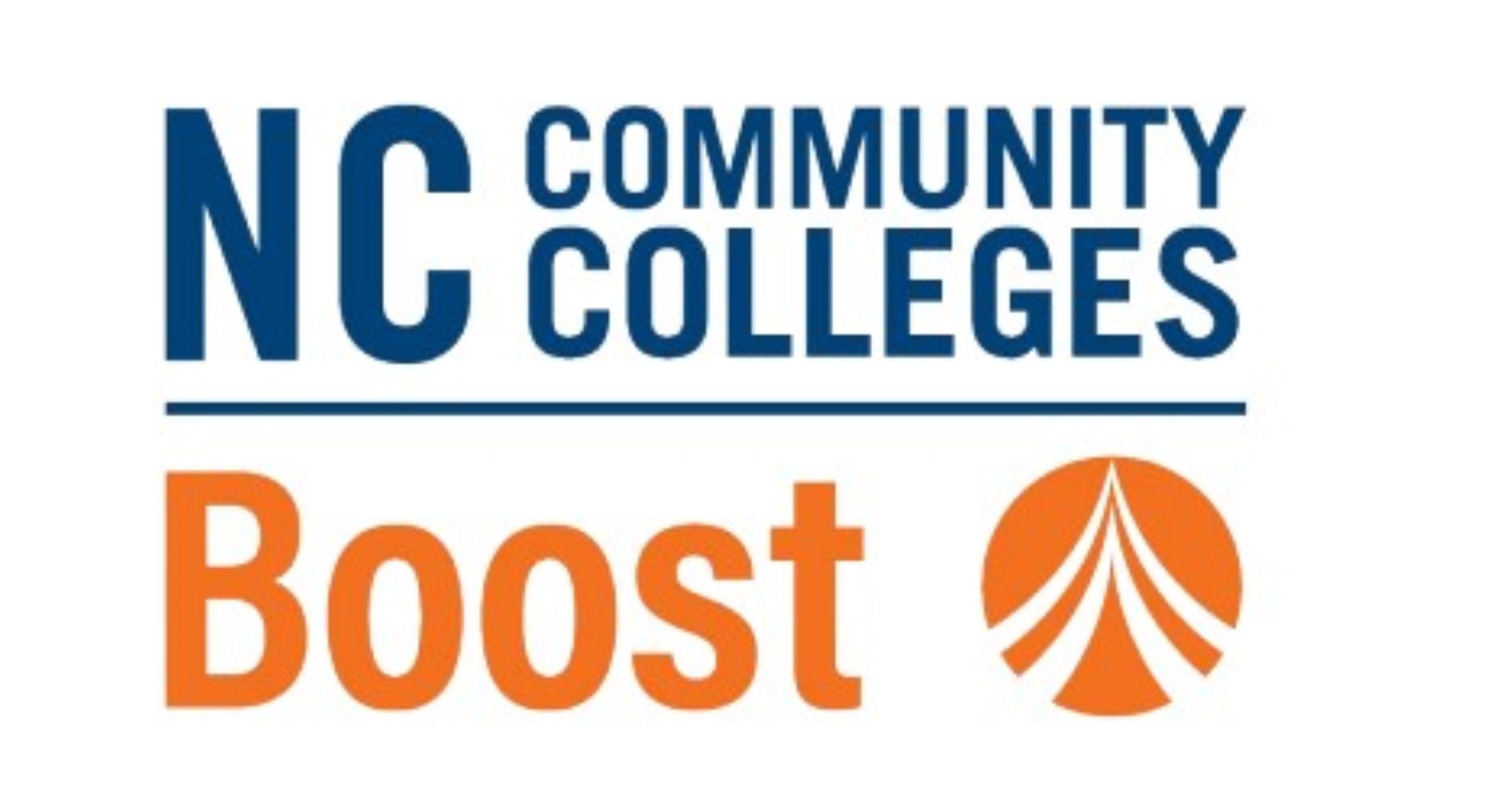7 Strategies For Preventing Summer Learning Loss

Some students can fall behind in their reading achievement and in other aspects of their learning during the summer months, according to research, says Ann Harrington, teaching associate professor of reading education at the NC State College of Education. The loss — commonly known as “summer setback” or “summer slide” — can be even more significant for children in low socioeconomic homes because studies show those students have less access to enrichment activities like summer camps, summer STEM programs or day camp activities.
[spotlight-box label=”Other Resources” img=”19380″ heading=”49 Books to Help You Get Ready for Back to School” cta=”Download the Lists” url=”https://ced.ncsu.edu/news-new/news/2018/07/16/49-books-to-help-you-get-ready-for-back-to-school/”]Kerri Brown Parker, director of the NC State College of Education’s Media and Education Technology Resource Center (METRC), curated two lists of book recommendations for summer reading to jump start back to school preparations. The first focuses on culturally diverse texts that resonate and move young readers, as well as increase their social-emotional learning. These books can be used either for K-12 students in your classroom or added to your own bookshelf at home. The second list includes recently published works related to education that will add to your professional development.[/spotlight-box]
Educators and families alike can prevent summer learning loss by creating opportunities to use critical thinking skills in ordinary moments. Below NC State College of Education faculty recommend seven strategies and activities to help children continue to develop and retain the science, math and reading knowledge they gained during the school year.
- Build Momentum on What They Already Know
Encourage kids to maintain the literacy practices they learned in school while they are on break, says Jill Grifenhagen, assistant professor of literacy education. Ways to do this include reading books together as a family and finding opportunities — like making a grocery list — to use writing skills in everyday life. - Identify Mathematical Opportunities While Reading
Find ways to incorporate math while reading books together, says Temple Walkowiak, associate professor of mathematics education. Ways to do this include acknowledging a character’s age and asking questions like: “How much older or younger is this character than you?” or asking children to create their own math problem that connects to the events in the story. - Talk About Everything
Capture your surroundings through spoken word is a vital way to develop vocabulary and background knowledge, says Harrington. Take a walk and talk about the ordinary and small things, like clouds or grass, found in the neighborhood. Making conversations a priority around children reinforces the value of literacy skills they learned in school. - Engage in Culturally Enriching Experiences and Visit Informal Learning Spaces
Museums, state parks, zoos and historic sites provide free or low-cost activities to keep kids’ minds and bodies active during the summer while exposing them to diverse subject matter like history, science and the arts. James Minogue, associate professor of elementary science education, recommends leveraging resources like NC State’s JC Raulston Arboretum to supplement science education during school breaks. - Calculate Back-to-School Costs
Back-to-school shopping presents a perfect opportunity to engage children in math, Walkowiak says. Ask children to estimate or calculate costs like in this example: “We need to buy six boxes of crayons for you and your brother. They are 50 cents per box. How much do the crayons cost? Is $5 enough? How do you know?”
Another easy way to get them engaged in math (while also teaching them to be careful consumers) is to ask them to determine the better buy when deciding between two packages or brands of a required school supply. - Use the Weather to Your Advantage
Sarah Carrier, associate professor of elementary science education, suggests connecting science to the natural world using everyday occurrences. Explore evaporation by pouring one cup of water on an absorbent surface outside, tracing the outline, and then predicting what it will look like 20 minutes later. Another simple activity she suggests is tracing shadows every two hours starting at breakfast and ending after dinner. - Play to Your Strengths
Harrington tells the education students in her classroom that finding out what excites kids can make a difference in how they respond to learning. In both reading and science, find activities and books that involve kids’ favorite things. If they like playing dress up, look for age-appropriate books on fashion and textiles at the library. If they love playing outside, suggest digging up dirt to find and identify different types of rocks as a science experiment.
- Categories:


